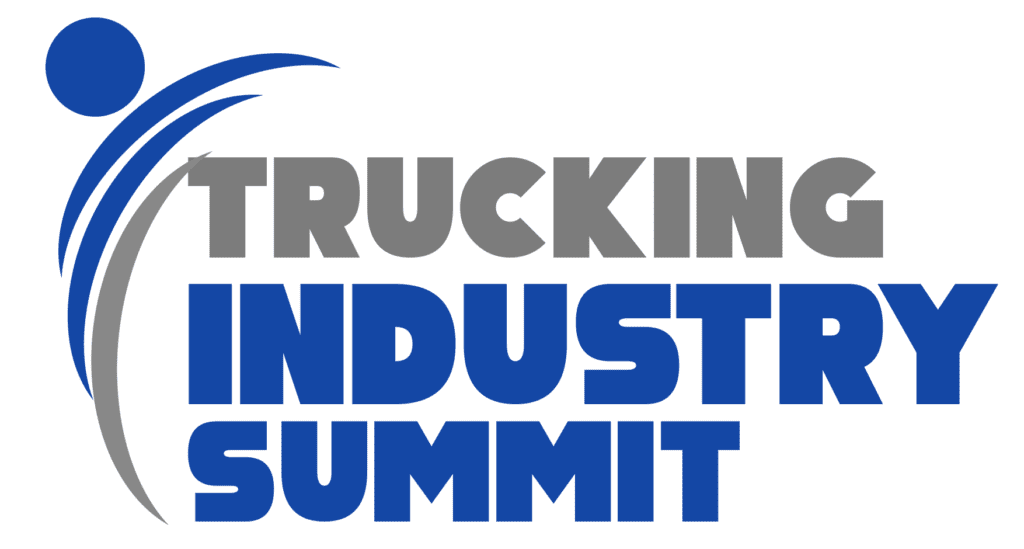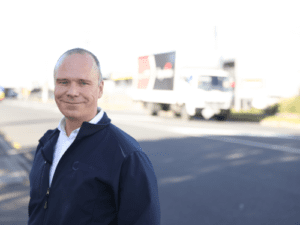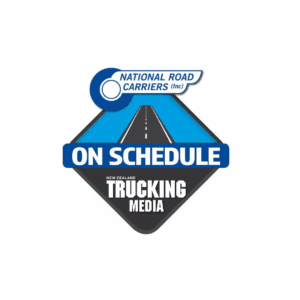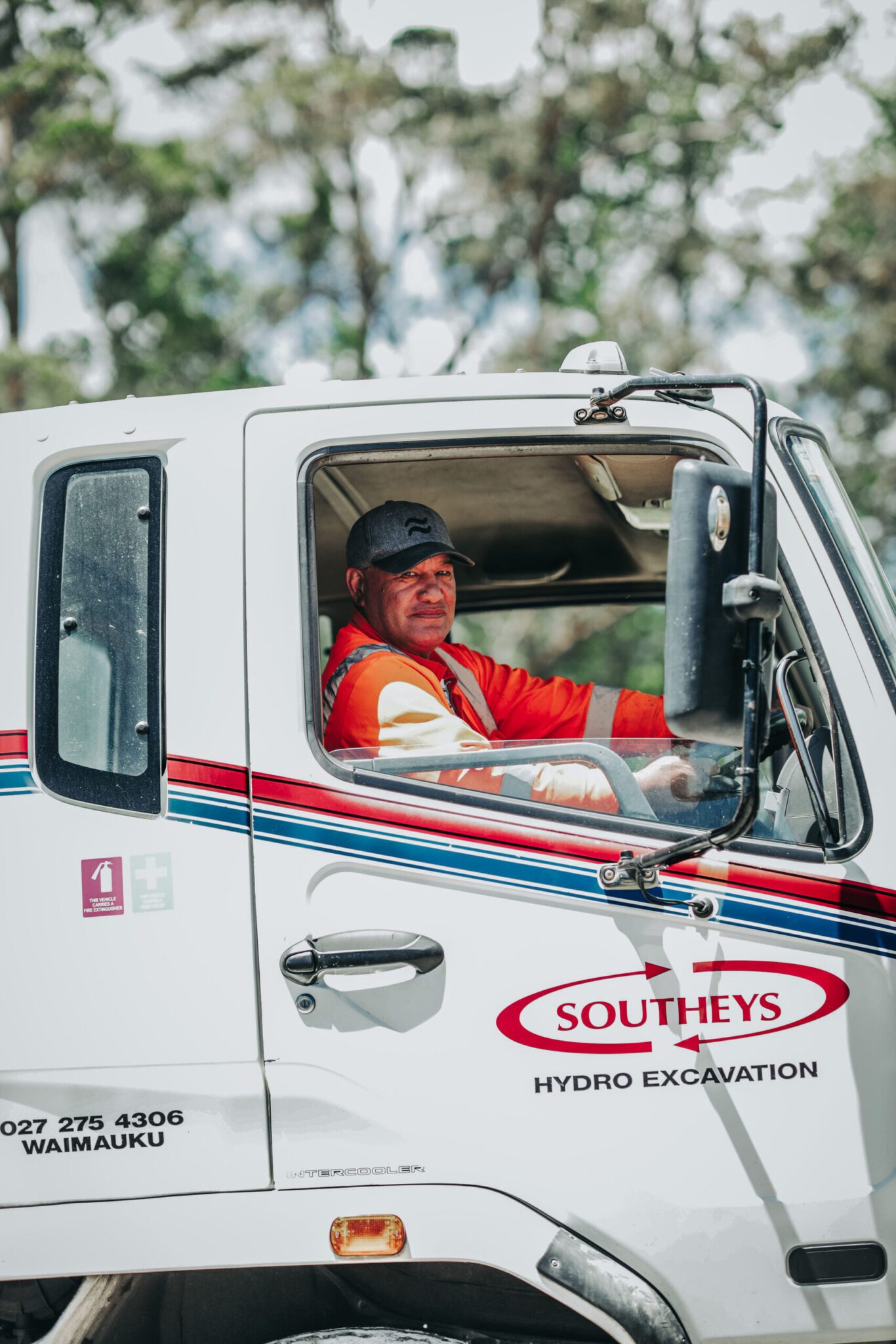More than 360 transport operators, industry representatives and Government officials descended on the newly opened Te Pae Convention Centre in Christchurch over the weekend for the 2022 Trucking Industry Summit to discuss the big issues facing the industry over the next few years.
Issues such as decarbonisation, deteriorating roads, under-investment in infrastructure, labour shortages, and increasing compliance costs were a focus, but there was recognition that finding solutions will not be a quick fix.
NZ Trucking Association (NZT) CEO David Boyce said, “The focus at the Summit was decarbonisation, infrastructure, and regulation – all of which need to work hand-in-hand to ensure the New Zealand economy can prosper now and in the future. Looming large is that fact that New Zealand has a target of a 35% emissions reduction by 2035, while at the same time the national freight task is set to increase 40% by 2052.”
Minister for Transport Hon. Michael Wood opened the Summit emphasising that Government and industry need to understand each other to work effectively to achieve our common objectives. He confirmed that through the Government’s Low Emission Transport Fund, administered by EECA, operators have access to funding to support vehicle and technology projects, and public charging infrastructure. Following the success of the Clean Car Discount initiative, work is underway to identify incentives to support and drive change in the heavy freight.
The status quo is not working
National Road Carriers (NRC) COO, James Smith said, “Industry and Government recognise the status quo is not working. Despite increased investment and funding, the roads are in a worsening state of disrepair – largely because the capacity to deliver the work is just not there. And this is being exacerbated by global issues such as inflation forcing the cost of everything up and significant labour shortages.
“There is no silver bullet to solving the degrading transport infrastructure across New Zealand. A collaborative public-private partnership approach is needed to solve these significant challenges, and NRC and NZT are here on behalf of the industry to help make that happen.”
Smith noted that industry is already on the journey. He applauded local businesses Hiringa Energy and TR Group who are investing heavily into hydrogen networks and alternative energy heavy vehicles.
“Early investment in these new technologies will overtime provide options for the industry that become scalable, affordable, meet payload requirements and importantly reduce our industry’s carbon footprint. To continue to compete locally and internationally we need to be able to help all our members to ‘do more, produce zero’.
“The Summit reinforced our intention to work closely with Government to address decarbonisation, infrastructure and regulation amongst other challenges to find and implement solutions that are mutually beneficial.”
What does a low carbon transport future look like?
According to Boyce, “Consensus from the Summit was that decarbonisation of the national heavy goods vehicle fleet will need to be a combination of EV, biofuels, and hydrogen. Barriers for adoption will need to be overcome through a range of incentives including, Government funding support for early adopters, and upgrading of the electricity and power infrastructure to facilitate the fast charging of heavy goods vehicles.
“Support needs to be given to New Zealand businesses investing and innovating in this space – not all will succeed but every venture will contribute to the solutions. There was widespread agreement at the Summit that industry and Government will work together to support the decarbonisation journey.”
It’s time for transport operators to get off the side-line
NRC’s Transport and Logistics Advisory Group Chair, Hon Simon Bridges commented, “One of the standout quotes from the Summit was from Brett Aldridge at Waka Kotahi, who said ‘commercial transport must be successful for New Zealand to be successful’ closely followed by ‘the only way we will achieve the outcomes we are need is by working closely together in partnership’. Powerful words that are 100% on the money.”
“The theme of collaboration remained with discussion around the regulatory ownership of solutions sitting with industry especially in terms of harm prevention programmes and compliance monitoring. Empowering thoughts for the industry,” said Bridges.
Bridges also observed that while the challenges facing the industry are clear, the solutions are less so. “The industry must focus on the positives and opportunities – there is a heap of innovation happening in the trucking sector with EV and hydrogen trucks leading the way. Additionally, the industry must focus on partnering with Government and Government agencies.”
Bridges had a word of warning to the industry. “Effectively if we don’t engage, collaborate, and partner, the change will happen without us and to us.” Smith added, “It’s also time for individuals in the industry to do some heavy lifting, we are no longer in a passive environment, where you can just get carried along.
“It was great to hear from the Ministry of Transport recognise some of the challenges the industry is facing especially in terms of some of the supply chain vulnerabilities exposed by the pandemic,” concluded Boyce. “In terms of climate change there is recognition that New Zealand is always going to be shaped by the response of other countries, we have a growing population, competition for land use, and the international and geopolitical landscape is increasingly difficult.”




